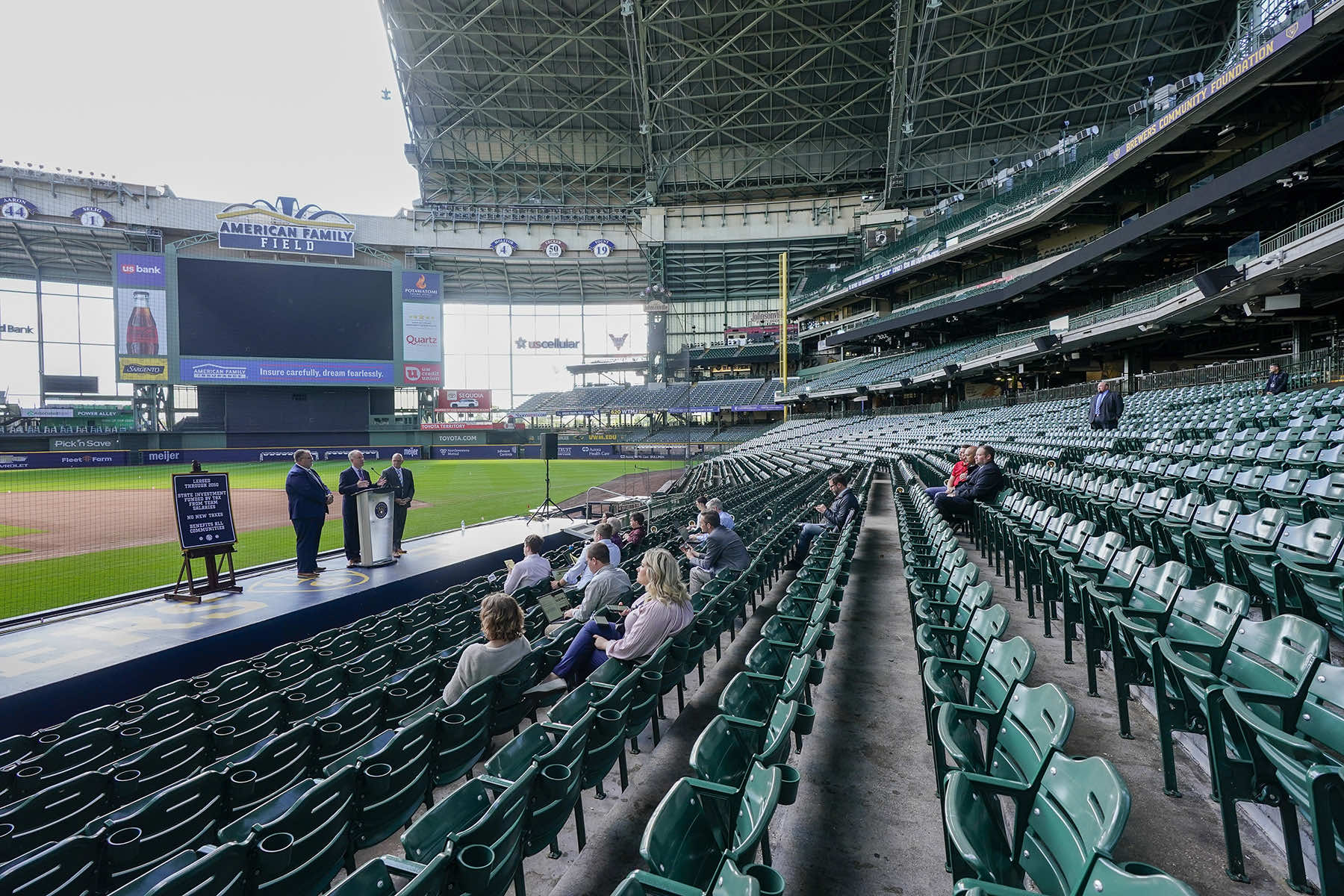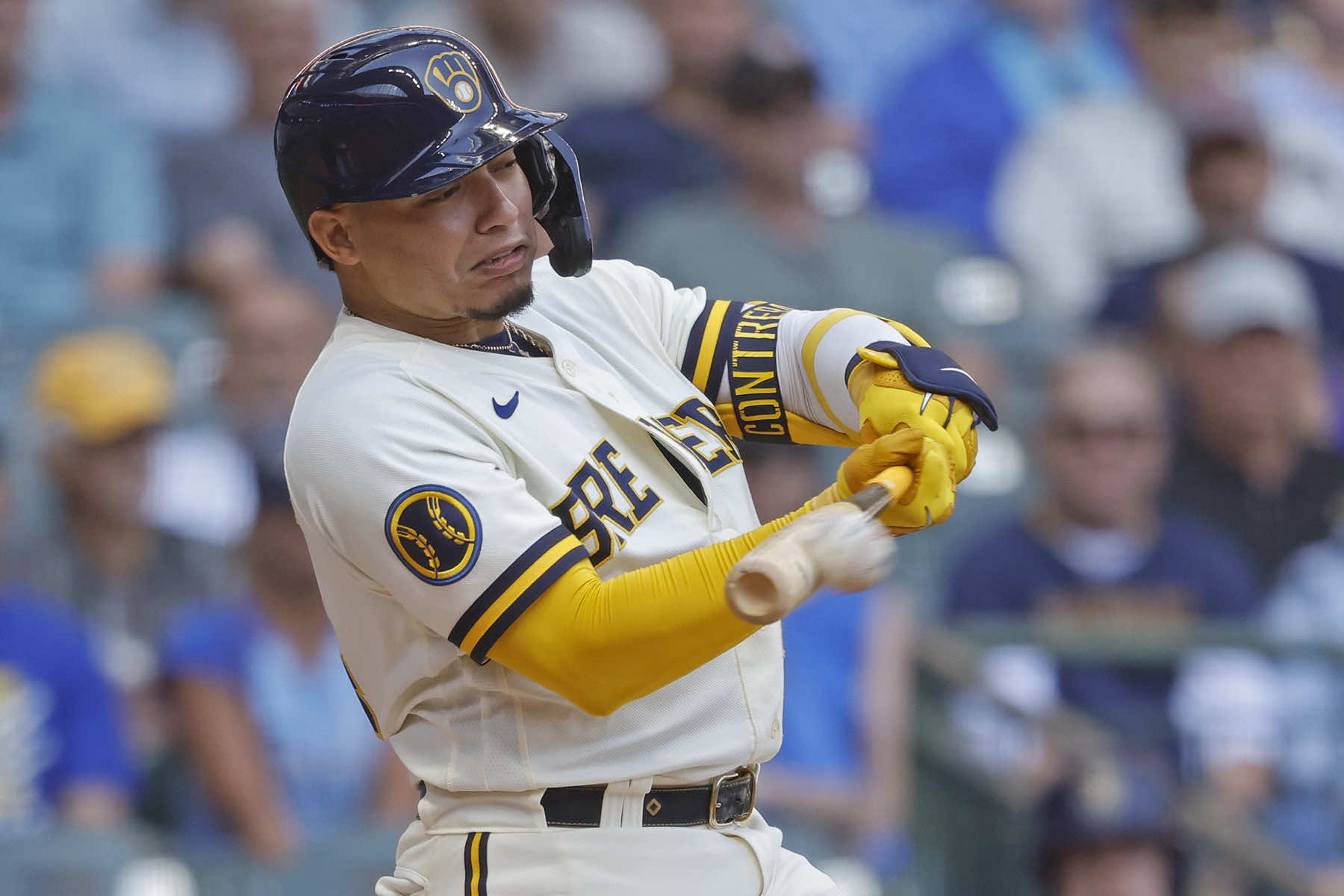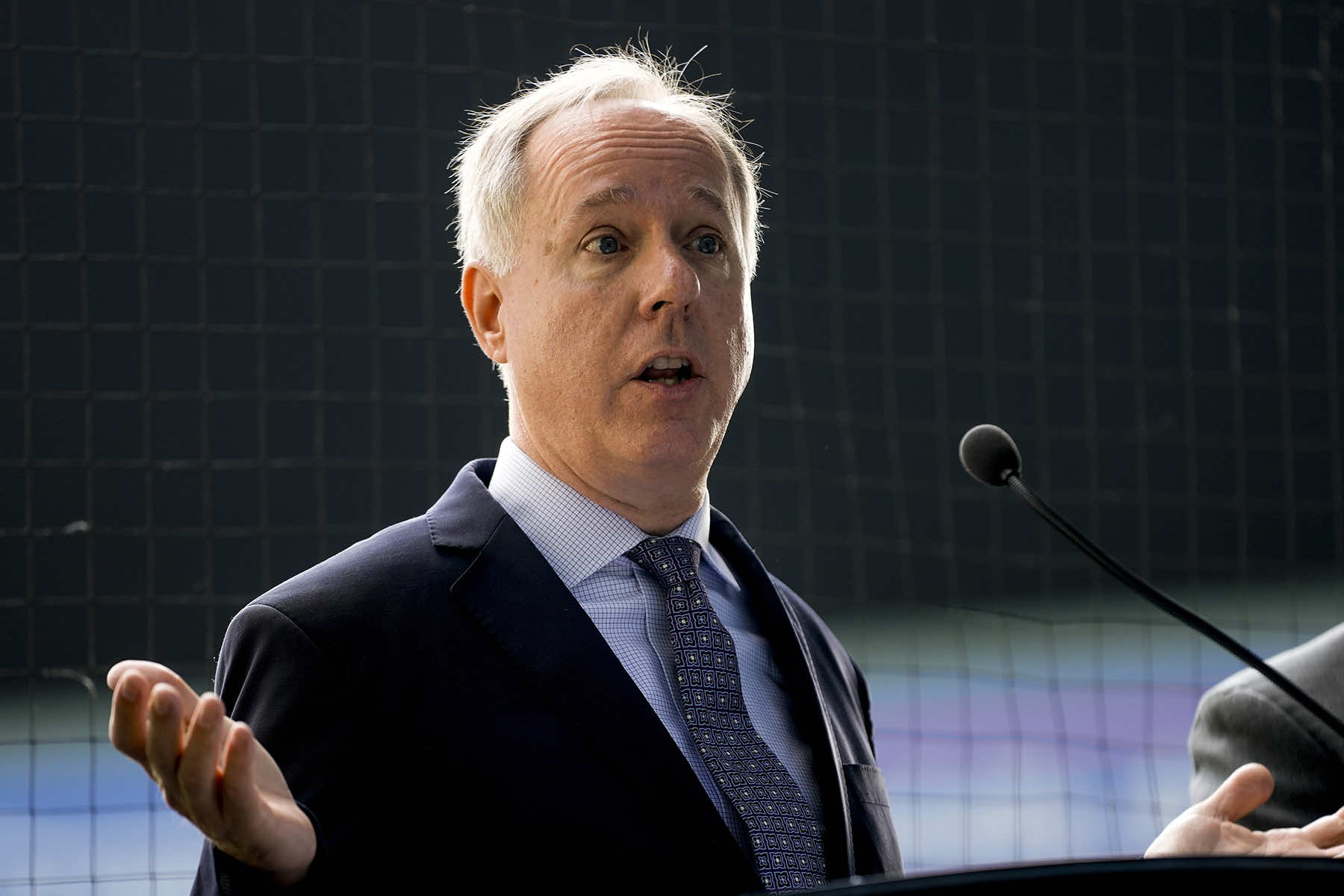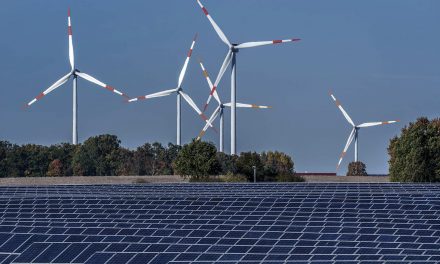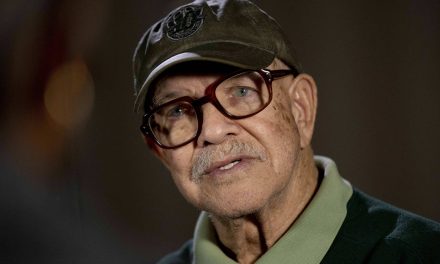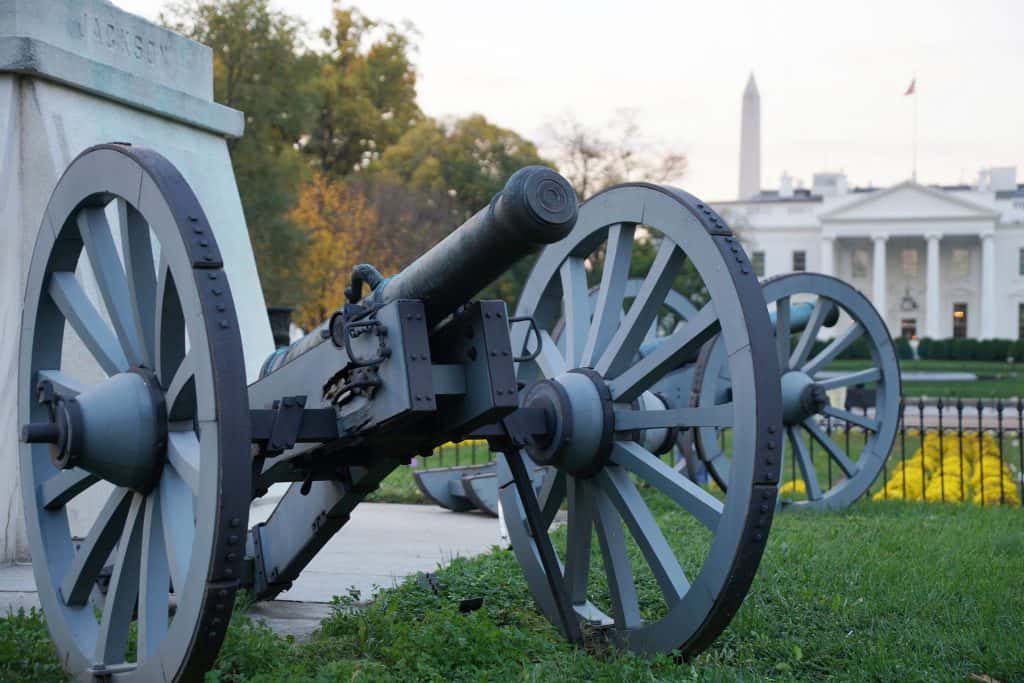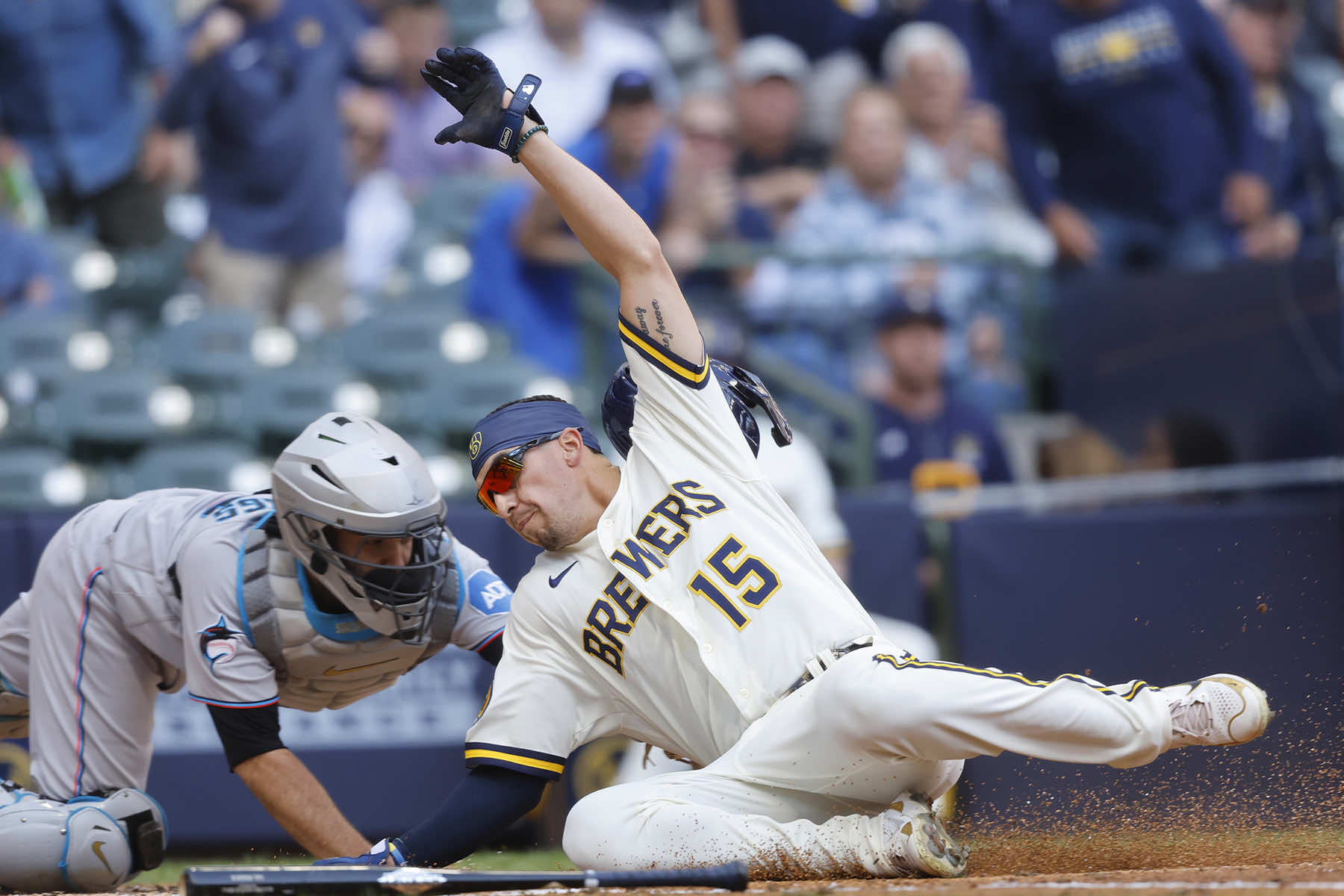
The new proposal to spend $614 million on American Family Field in exchange for the Brewers agreeing to stay in Milwaukee through 2050 is not the deal it’s being sold as.
It’s difficult to see this as anything other than the latest attempt by a sports team to extort massive amounts of cash to prop up an already-bloated bottom line. The stadium cost about $290 million when it was built two decades ago. What Legislators are now talking about is equivalent to more than the original construction cost, even accounting for inflation.
Let’s break this down. The proposal gives the project $60.8 million in the next fiscal year and as much as $20 million annually through 2045-46. Milwaukee would contribute $202 million in all, with Milwaukee County on the hook for $135 million.
The Brewers’ contribution? $100 million. That’s for a team worth about $1.6 billion and an owner worth $700 million.
Does the investment have a return? Not based on the numbers we can find. The Legislative Fiscal Bureau said the stadium’s baseball games generate something in the neighborhood of $19.8 million annually. That’s not even enough to break even on a single year of the $20 million contributions.
The Brewers undoubtedly generate more revenue for Milwaukee than just that. Restaurants, hotels and other amenities definitely see a boost. But the scale of such gains is highly debatable.
In 2019, the Berkeley Economic Review published an article that found the investment of public money in stadiums rarely generates returns that cover the investment. A 2017 analysis from the Federal Reserve Bank of St. Louis concluded the economic impact of sports stadiums is “exaggerated because they fail to recognize opportunity costs. Consumers who spend money on sporting events would likely spend the money on other forms of entertainment, which has a similar economic impact.”
If the economics don’t make sense, what does here? The proposal being pushed by legislators is significantly more than a package backed by Governor Tony Evers. The common element in both proposals was the requirement that the Brewers extend their lease, tying the team to Milwaukee for years to come.
This isn’t about economics. It’s about the prestige attached to the idea of having a Major League Baseball team in town. It’s about pride. It’s about ego.
It would be one thing if the fidelity of communities was rewarded by similar commitments by the teams that play there, but we all know that’s not true. The chatter about the Brewers potentially being a team to relocate ramped up immediately after the Oakland A’s made their move to Las Vegas all but official. It was piggybacked on the spectacle of a city losing a team that had been in place since 1968.
One report made the connection explicit. Gabe Lacques, who covers sports for USA Today, wrote a piece headlined with the statement other cities were “on the clock.” He specifically mentioned the Kansas City Royals, Tampa Bay Rays, Baltimore Orioles and, yes, the Milwaukee Brewers.
The Orioles were the original Milwaukee Brewers before moving to St. Louis to become the Browns. They went from St. Louis to Baltimore, ditching the name but keeping the color scheme.
Milwaukee also lost the Braves who, like the Orioles, are on their third city. They started in Boston, moved to Milwaukee and then decamped for Atlanta. The aforementioned A’s top that with Las Vegas their fourth home, following Oakland, Kansas City and their origin in Philadelphia.
The simple reality is that these teams will go wherever the money is promised. The number of teams truly tied to their cities is very small. Even if Wisconsin approves a deal with the Brewers the team will, inevitably, be back with hat in hand and implied relocation threats in a couple decades.
Teams do this because it works. But the proper word to describe what they’re doing isn’t partnership or relationship. It’s blackmail.

